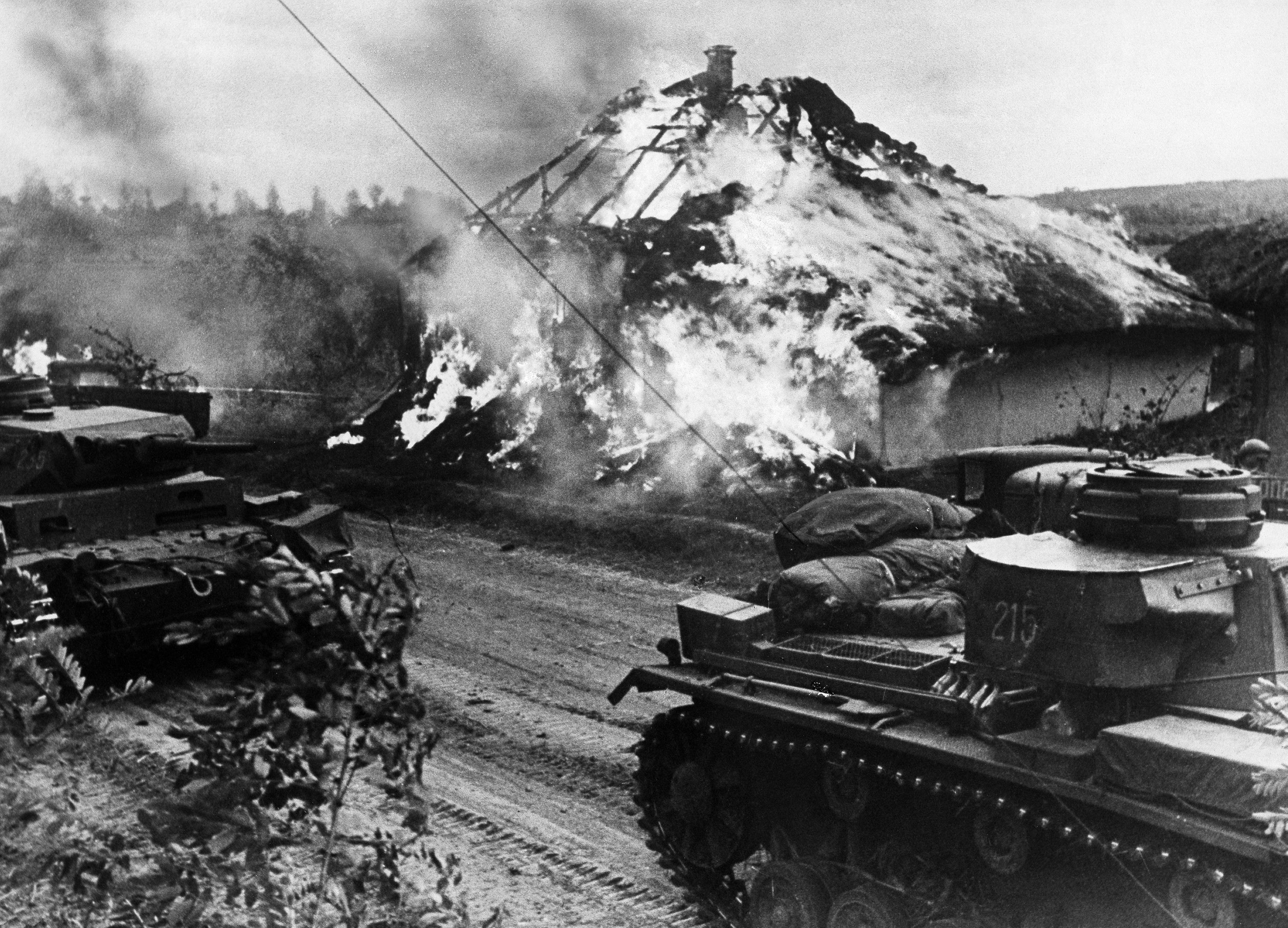
Hitler’s most important foreign policy was the securing of ‘Lebensraum’ — living space for the German people in the vast agriculturally rich lands found in the Soviet Union. This was the home of European communism. It was also largely inhabited by the Slavs, considered by the Nazis as racial ‘untermenschen’, or ‘sub-humans’. From 1941 to 1945, Hitler waged a cruel racial war against them — there were no rules, only annihilation of the enemy.
At first, the invaders achieved staggering successes as the Red Army, decimated by Stalin’s purges during the 1930s, proved no match for Hitler’s forces. By 1943, however, the tide had turned. Defeats at Stalingrad and Kursk dashed any hopes of final German victory. The Germans no longer waged a war of expansion but fought to hold on to the territory they occupied against an enemy determined to drive them all the way back to Berlin. This article focuses on why the Nazis lost the war on the Eastern Front.
Your organisation does not have access to this article.
Sign up today to give your students the edge they need to achieve their best grades with subject expertise
Subscribe




